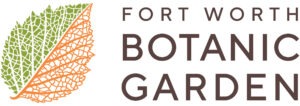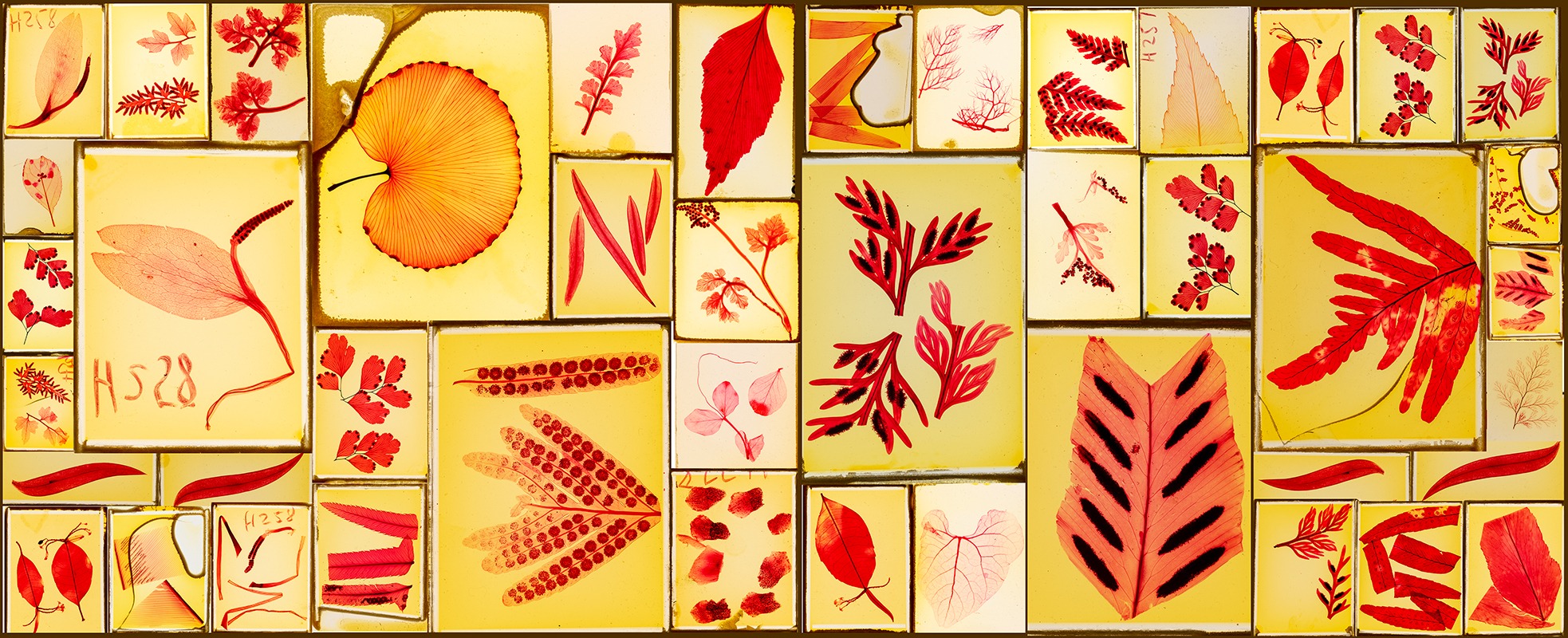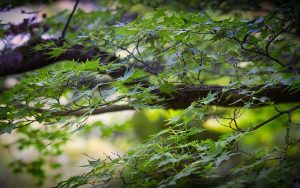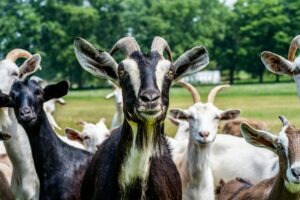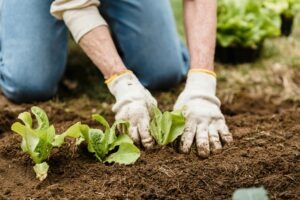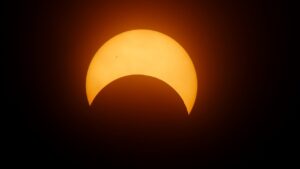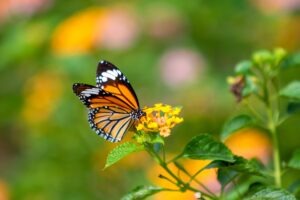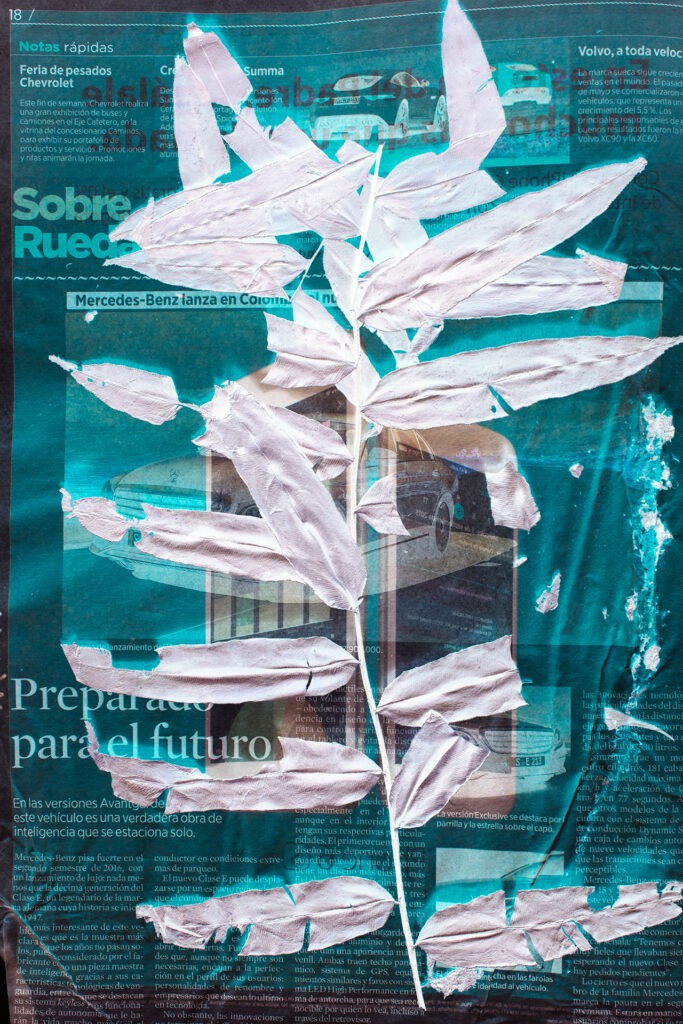
The worlds of art and science interact in fascinating ways in a new exhibit opening Feb. 17 at the BRIT Building. “Dornith Doherty: Illuminations: Past, Present, and Future of Fern Research” presents new large-scale artworks that engage with the past, chronicle the present and project our possible ecological futures.
The exhibition is the result of a two-year collaboration between Doherty, Research Botanist Alejandra Vasco, Herbarium Director Tiana Rehman and Librarian Ana Niño. Vasco leads the Ferns of Colombia project, which focuses on documenting the vast diversity of ferns in Colombia, while Rehman leads the effort to collect, preserve and digitize plant specimens.
Since July 2021, Doherty has investigated the physical artifacts of botanical biodiversity research. “Dornith explored Herbarium specimens including ferns recently collected in Colombia,” says Vasco. “She also studied graphical displays of DNA data extracted from those ferns.”
Dornith also found inspiration in diaphanized plant specimens collected in the 1950s and held in the BRIT Herbarium. This is a lab technique that strips all of the color from a plant and allows its internal structures such as cell details and veins to be stained with red dye. The specimen is then mounted between glass slides.
The result of her study and engagement with these materials is a series of artworks incorporating genomic data, plant images, Herbarium specimens, research reports and media articles.
“Among Doherty’s chief concerns are the philosophical, cultural, and ecological questions often left invisible when considering human entanglement in our rapidly changing environment,” reads the artist’s statement for the exhibition. “Doherty’s work is concerned with our stewardship of the natural environment, and this project explores the importance of present-day efforts to preserve today’s plant diversity for future generations.”
The project presented an opportunity for Vasco to step outside of the world of scientific research and into the world of art. “The whole process has been very fun,” says Vasco. “Discussing art and science, fears, challenges, collections, and seeing science stories and artifacts through the artist’s eye has been great. Also having someone excited about collections and the artifacts and procedures we use in research has been very fulfilling. Sometimes research is a lonely endeavor so being able to interact, be listened to, and feel that what you do matters to another person outside of your field is very encouraging.”
Working with Doherty gave Vasco a different perspective on how her research is seen by those outside of the field. “Good research is difficult, takes time and lots of work and requires concentration,” says Vasco. “These many layers are difficult to convey to the community–from donors to the general public–so exploring some of these ideas through art and the objects we use for our research has giving me ideas about how to be a better science communicator.”
The exhibition runs from Feb. 17 through June 30 in the Madeline R. Samples Exhibit Hall in the BRIT Building. Guests are invited to a reception and panel discussion Feb. 17 at 7 pm featuring Dornith, Vasco, Rehman and Niño.
The project received support from Ferns of Colombia, a grant funded by the National Science Foundation Division of Environmental Biology 2045319, and a Scholarly and Creative Activity Award from the College of Visual Arts and Design, University of North Texas.
